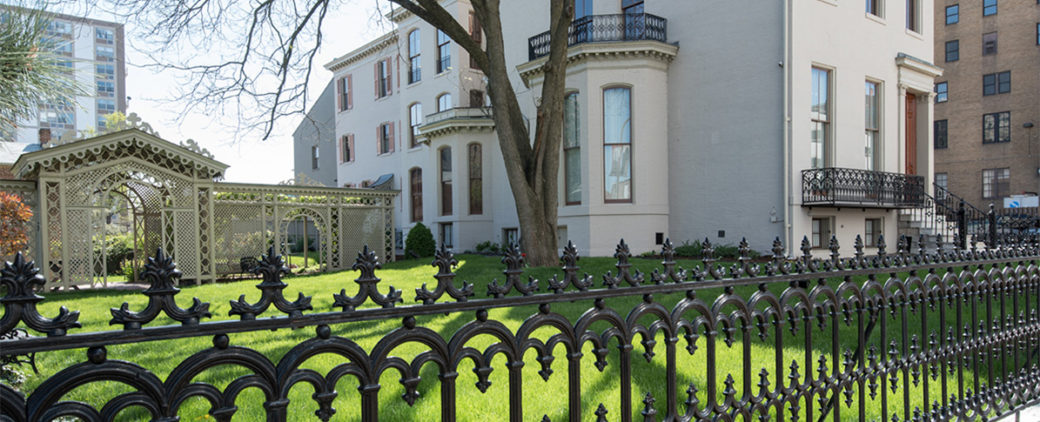Mile 1120- Red Buttes, Modern day Wyoming

If Robert and his party stuck to the north bank of the Platte river to avoid climbing O’Fallon’s bluff they would have eventually needed to cross the river. During the 1820s and 1830s, the most popular crossing for travelers heading toward Utah would have been Red Buttes, in modern day Wyoming. The Platte river was not an easy river to cross, the spot where your party attempted to ford the river had to be carefully selected. Lt. John C. Frémont of the U.S. Corps of Topographical Engineers wrote:
“There was two hundred feet breadth of water at this time in the bed… which has a variable width of eight to fifteen hundred feet. The channels were generally three feet deep, and there were large angular rocks on the bottom, which made the ford in some places a little difficult. Even at its low stages this river can not be crossed at random, and this has always been used as the best ford.”
For western travellers, Red Buttes also offered good grazing land for their pack animals, making it the ideal spot to stop off before crossing the Platte. It was easy for travellers to spot the high red hills that were visible from the crossing point, which gave the area its name.



